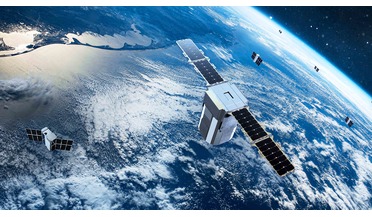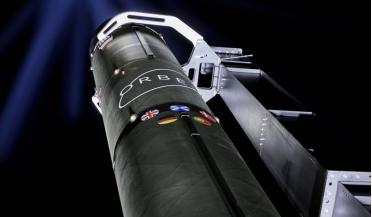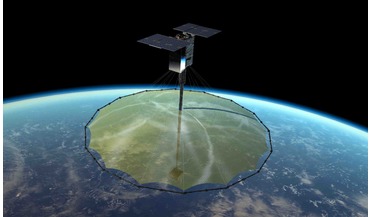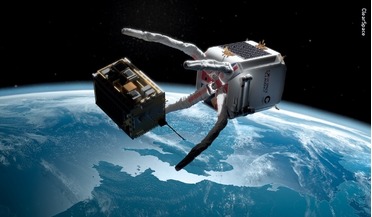 April 2021
Making space part of the everyday European agenda
April 2021
Making space part of the everyday European agenda
... of Earth observation (EO) programmes what have been the key changes and developments? In 2016 the first satellite constellations were starting and new companies, particularly in Silicon Valley, were beginning to emerge into the EO domain. I decided...
 24 June 2022
UK to lead review of space legislation and financial support for debris removal
24 June 2022
UK to lead review of space legislation and financial support for debris removal
... UK with other national and multi-lateral agendas. “Harmonised regulations will shape how operators, especially large constellations, behave in orbit. They will also enable on-orbit services such as end-of-life and debris removal to thrive...
 18 April 2023
Spire launches customers’ Earth and debris monitoring satellites
18 April 2023
Spire launches customers’ Earth and debris monitoring satellites
... Services arm, with a $39 billion total addressable market, allows organisations to deploy and scale their own satellite constellation at maximum speed and reliably, all through a subscription model that eliminates the high upfront cost of building...
 20 June 2023
Orbex teams with Arianespace
20 June 2023
Orbex teams with Arianespace
... (LEO) payloads. Light and heavy-lift launch vehicles could jointly support customers in deploying their initial constellations into the required orbital planes, provide precise injections of a smaller number of satellites through dedicated missions...
 10 July 2020
Satellite for US Air Force successfully launches
10 July 2020
Satellite for US Air Force successfully launches
L3Harris Technologies launched the latest in a demonstration series of end-to-end small satellites as part of a US Air Force constellation the company is responsible for developing. As the prime contractor for the firm fixed-price development space ...
 January 2023
Clearing space junk from orbit
January 2023
Clearing space junk from orbit
... on Earth enabling connectivity even in remote places. This need for ubiquitous connectivity drives the development of large constellations of satellites for broadband internet and the Internet of Things. This trend has led to a more than tenfold...